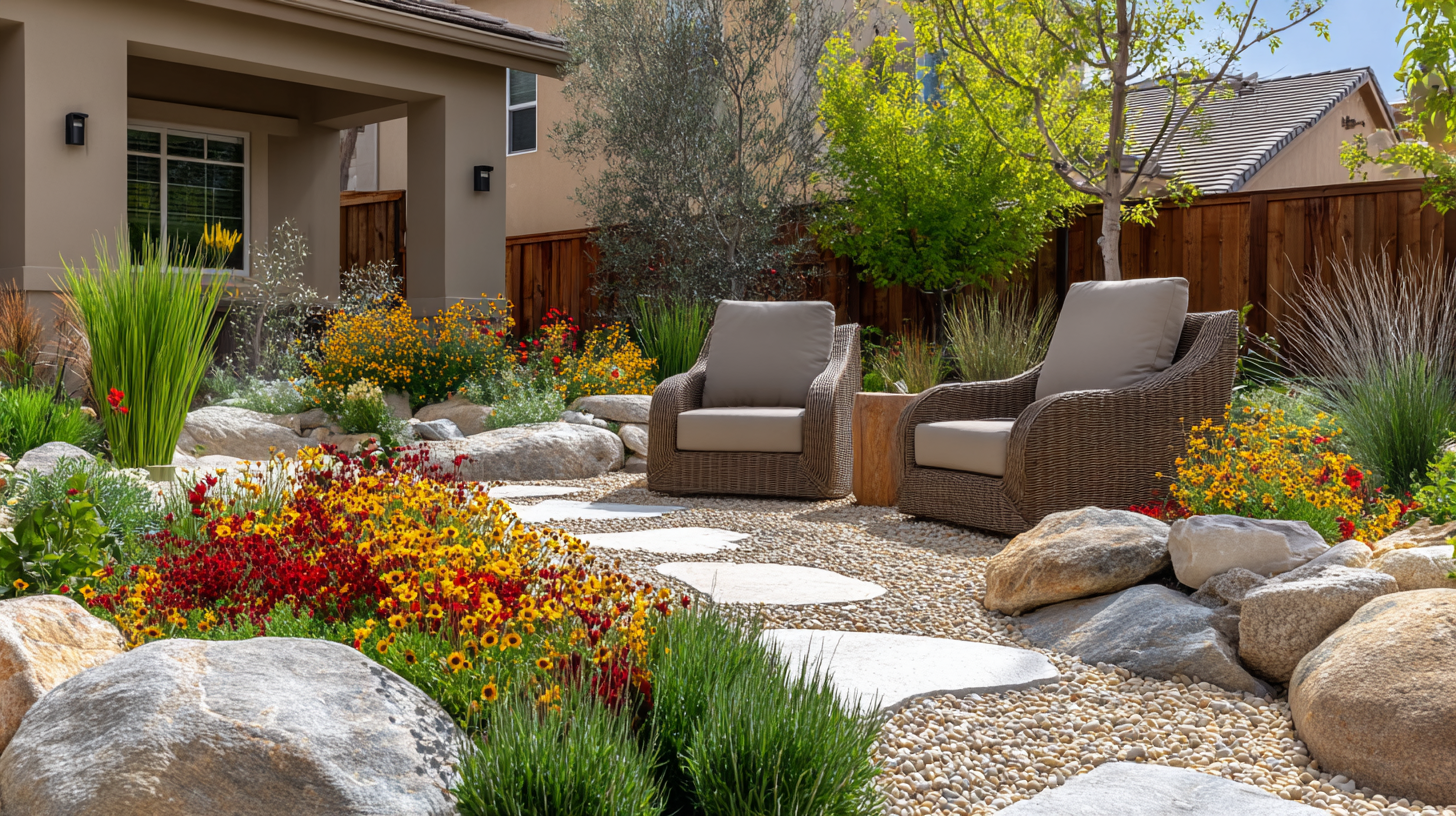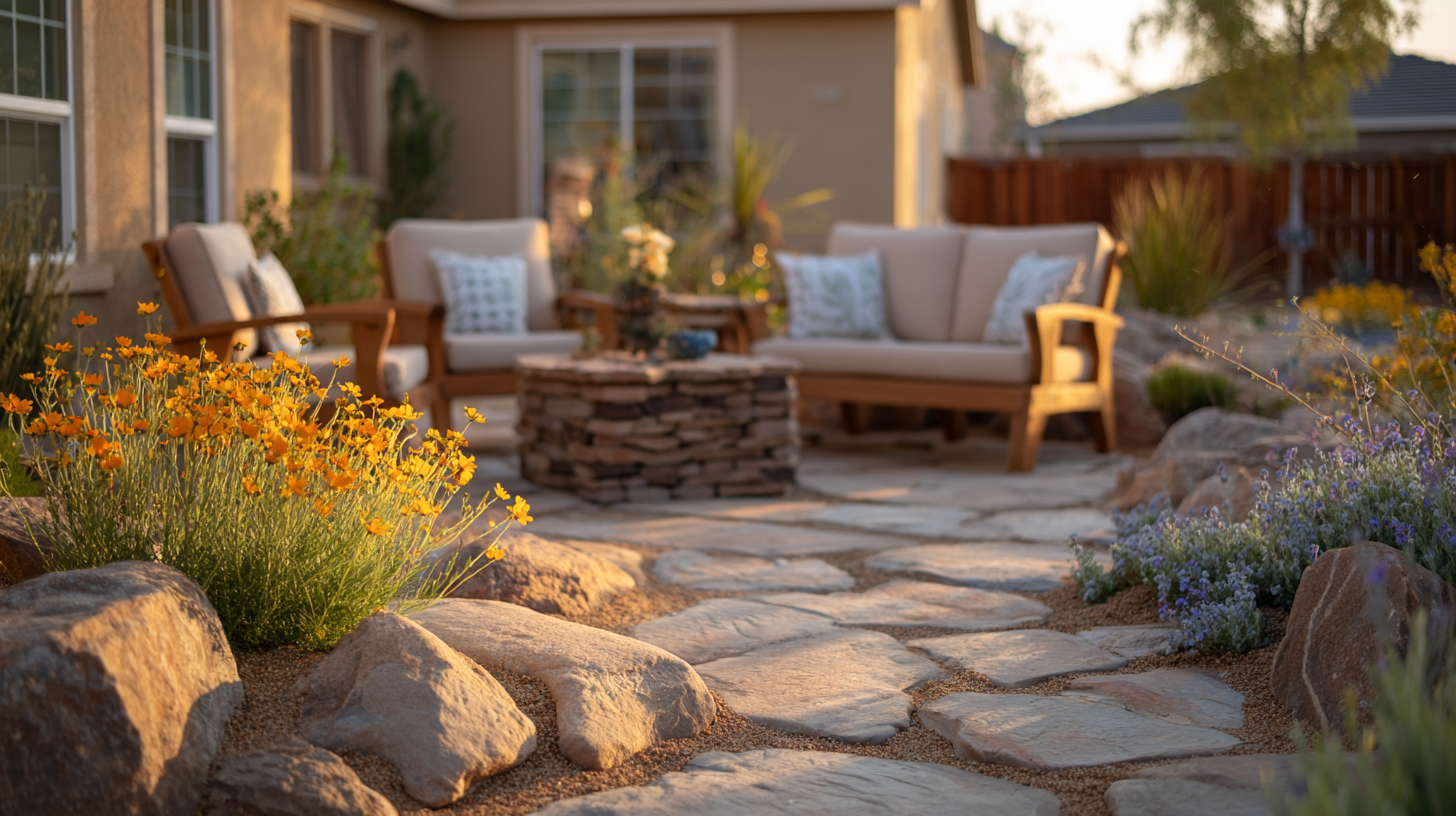Your lawn is more than grass, it’s a blank canvas waiting for the right plants to bring it to life. Every square foot of traditional turf holds the potential to become habitat for native wildflowers, a sanctuary for pollinators, or a showcase for drought-tolerant beauties that thrive naturally in Southern California’s climate.
Follow these easy steps:
Traditional lawns demand constant attention, guzzling water, fertilizers, and weekend hours. Meanwhile, California’s natural landscape offers stunning alternatives that work with our Mediterranean climate rather than against it. By replacing your grass, you’re not just saving water—you’re creating a living ecosystem that supports local wildlife while dramatically reducing maintenance time and costs.
Planning your transformation
Assess your space
Walk your property during different times of day, noting sun patterns, drainage, and how you actually use different areas. This information guides plant selection and helps prioritize which sections to transform first.
Phase your project
Large lawn replacements work best when completed in phases. Start with highly visible areas or sections that receive the most use, then expand your new landscape gradually as budget and energy allow.
Soil preparation: the foundation of success
Healthy soil creates thriving plants. Test your soil’s pH and drainage, then amend with compost and appropriate minerals. Well-prepared soil reduces future maintenance while ensuring your new plants establish quickly and successfully.
Seasonal timing for success
Fall: the golden season
Fall planting gives new landscapes an entire cool, moist season to establish deep root systems before facing their first summer. September through November offers ideal conditions for most local flora and Mediterranean species.
Winter preparation
Use winter months for hardscape installation, soil preparation, and planning. This season’s natural dormancy period is perfect for major landscape construction without disrupting active growing plants.
Spring establishment
Spring offers another excellent planting window, especially for areas that will receive supplemental irrigation. New plants have moderate temperatures and longer days to establish before summer’s heat arrives.
Now it’s time. Start with a single section and watch as your outdoor space evolves into a water-wise paradise that reflects California’s natural beauty while serving your family’s needs for


